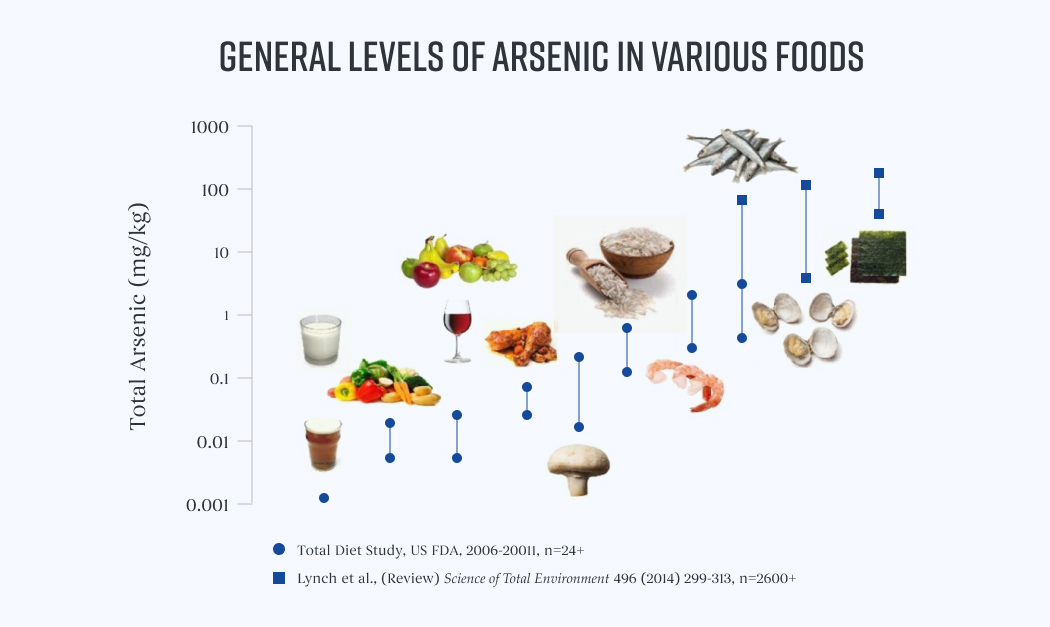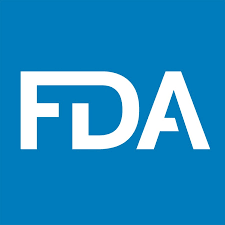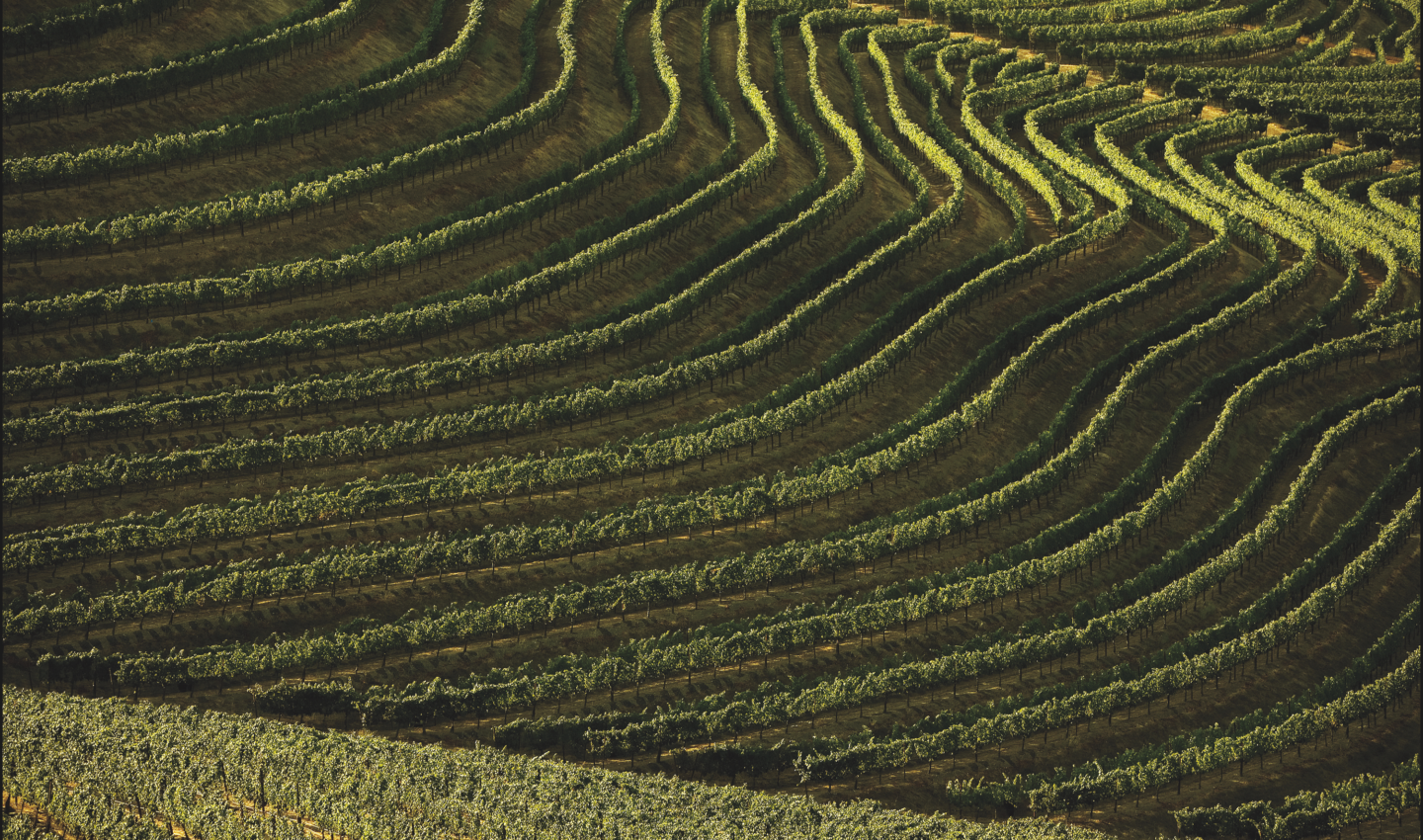What Is Arsenic?
- Arsenic is prevalent in the natural environment in the air, soil, water and food. It is taken up by plants and found in plant tissues.
- As an agricultural product, wines from around the world contain trace amounts of arsenic as do virtually all fruits, vegetables, grains, water, juice and other beverages.
- Trace amounts of arsenic in food, wine & other beverages do not pose a health risk to consumers.

Arsenic in Wine Facts
- The U.S. Food & Drug Administration regularly tests wine in the U.S. in its Total Diet Study (TDS) to ensure that wine is safe to consume. The TDS testing data over 20 years found that the trace arsenic levels in wine did not warrant the establishment of a limit in wine—because there is no body of evidence to support the claim that trace amounts of arsenic found in wine pose a risk.
- The only established limit for arsenic in the U.S. is for drinking water at 10 parts per billion (ppb), set by the U.S. Environmental Protection Agency (EPA). All beverages constitute only about 5% of our total exposure to arsenic and the contribution from wine in that 5% is also very low.
- Even if wine had the same arsenic limit as the EPA standard for drinking water (10 ppb), based on the daily recommended intake for water of two liters per person, a person would need to consume up to 13.5 glasses of wine – nearly three bottles per day – to approach the level of arsenic consumption the EPA considers safe for drinking water. This amount would far exceed the U.S. Dietary Guidelines definition for moderate alcohol consumption of not more than one to two glasses of wine per day.
- Canada and the O.I.V., an intergovernmental organization of 43 wine-producing countries, have set arsenic limits for wine ranging from 100 to 200 ppb. These levels are 10 to 20 times the level the EPA determined to be safe for drinking water. California wines fall well below these established limits and are perfectly safe to consume.
What Scientists Say
-

-

In 2014, the Liquor Control Board of Ontario (LCBO) Quality Assurance Laboratory tested 17,537 wines from around the world, including 2,247 wines from California. The data show that the levels of arsenic are consistent for wines from around the world and wines from California. All products that the LCBO Lab tested and subsequently offered for sale were below the maximum allowable limit for arsenic.
Liquor Control Board of Ontario, Canada
-

“The EPA standard for arsenic in drinking water (10 ppb), “is of limited use when considering any potential health risks related to arsenic in wine. People drink far more water than they do wine over their lifetimes, and they start drinking water earlier in life. Thus, both the amount and period of exposure are different and would require separate analyses.”
Lauren Sucher, (Former) Spokesperson, U.S. Food And Drug Administration
Key Facts

Safe to Enjoy
Wines in the U.S. are safe to consume. Arsenic is a naturally occurring element in air, soil and water and found in virtually all agricultural products, including fruits, vegetables, grains, juice, wine and other beverages.

Scientists Weigh In
Wines and other foods and beverages from around the world contain trace levels of arsenic that pose no health risk to consumers.

Case Dismissed
An unfounded lawsuit that attempted to raise questions about the safety of some California wines was dismissed. The court found no legal basis for any arsenic claim. The lawsuit’s allegations were completely false and not supported by scientific evidence.
In the News
-
- Wine Spectator Should I Be Worried About Arsenic Levels in "White Merlot"?
-
- Wine Spectator Can You Recommend a Wine Without Arsenic?
-
- Drinks Business Arsenic Case Against U.S. Wineries Thrown Out
-
- National Public Radio Arsenic in California Wines: Should Drinkers Be Concerned?
Journalists requiring more information, contact:
communications@wineinstitute.org
